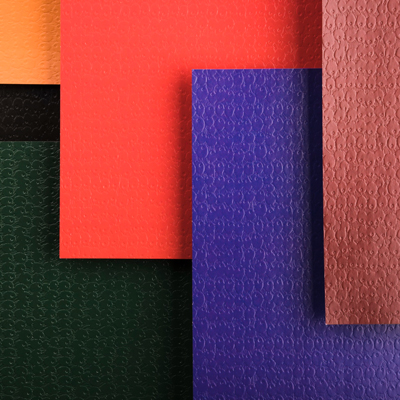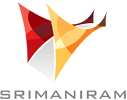PP Spunbonded Non
Woven Fabric

PP Spunbonded Non Woven Fabric
PP (polypropylene) spunbond nonwoven fabric is a type of fabric that is produced using a process called spunbond technology. Here's an overview of some key aspects
Material Composition
- Polypropylene (PP)
The fabric is made from polypropylene, which is a thermoplastic polymer widely used in various industries.
Manufacturing Process
- Spunbond Technology
The fabric is produced using a process called spunbonding. In this process, extruded polypropylene is stretched into filaments, laid into a web, and then bonded together using heat and pressure.
Characteristics
- Nonwoven
Unlike traditional woven fabrics, PP spunbond fabric is nonwoven. This means that the fibers are not woven together but rather bonded directly.
- Strength and Durability
PP spunbond nonwoven fabric is known for its strength and durability, making it suitable for various applications.
- Breathability
Depending on the specific production parameters, spunbond nonwoven fabric can be designed to be breathable.
- Water Resistance
It can have water-resistant properties, but this depends on the manufacturing process and any additional treatments applied.
- Lightweight
PP spunbond fabric is generally lightweight, which makes it suitable for applications where weight is a concern.
Applications
- Medical and Hygiene Products
Disposable medical gowns, masks, surgical drapes, and other healthcare products.
- Agriculture
Crop covers, weed control fabric, and plant protection..
- Packaging
Used in various types of packaging, including bags and wrapping material.
- Geotextiles
Used in civil engineering for soil stabilization, erosion control, and drainage.
- Furniture and Bedding
Mattress covers, furniture upholstery, and backing materials.
- Automotive
Used in civil engineering for soil stabilization, erosion control, and drainage.
- Apparel
Mattress covers, furniture upholstery, and backing materials.
- Filters
Used in civil engineering for soil stabilization, erosion control, and drainage.
- Home Furnishings
Mattress covers, furniture upholstery, and backing materials.
Advantages
- Cost-Effective
The manufacturing process is generally cost-effective
- Versatility
PP spunbond fabric can be engineered for various applications.
- Disposable and Recyclable
In many applications, it is used as a disposable material and can be recycled.
- Fast Production
Spunbond production is a relatively fast process.
the specific properties of PP spunbond nonwoven fabric can vary based on the manufacturing process and any additional treatments applied during or after production.


